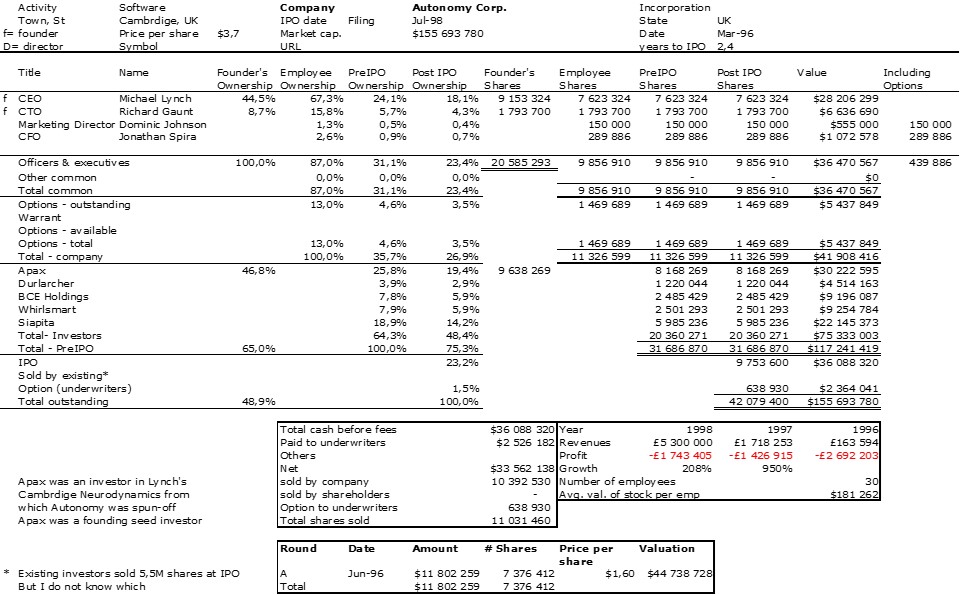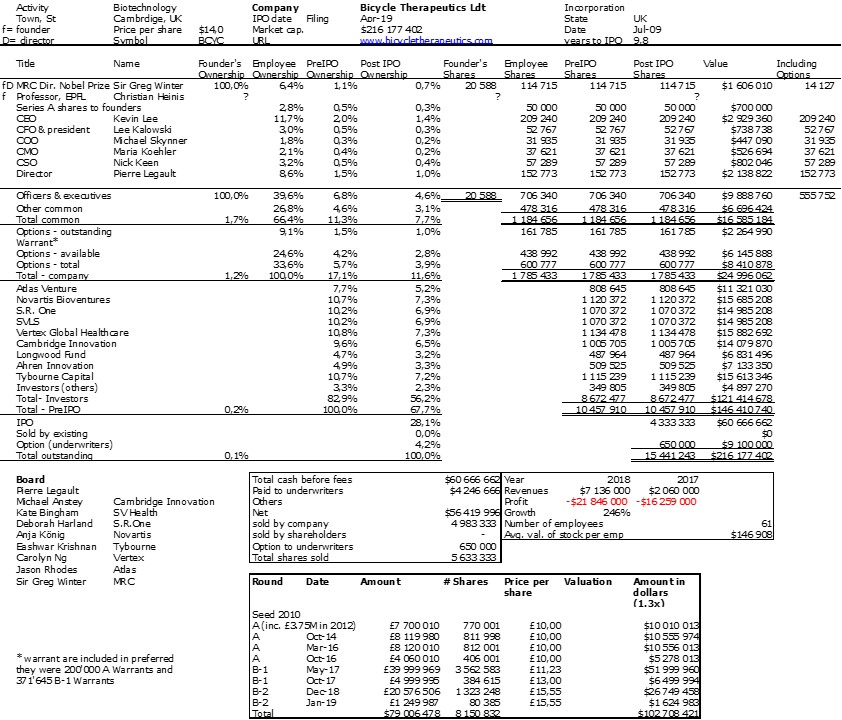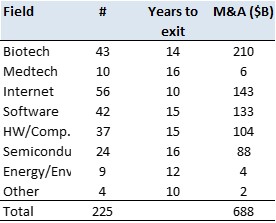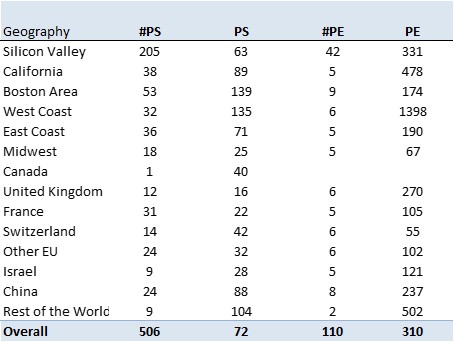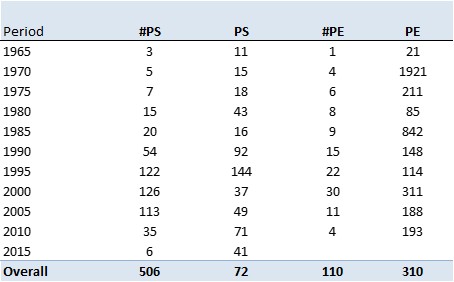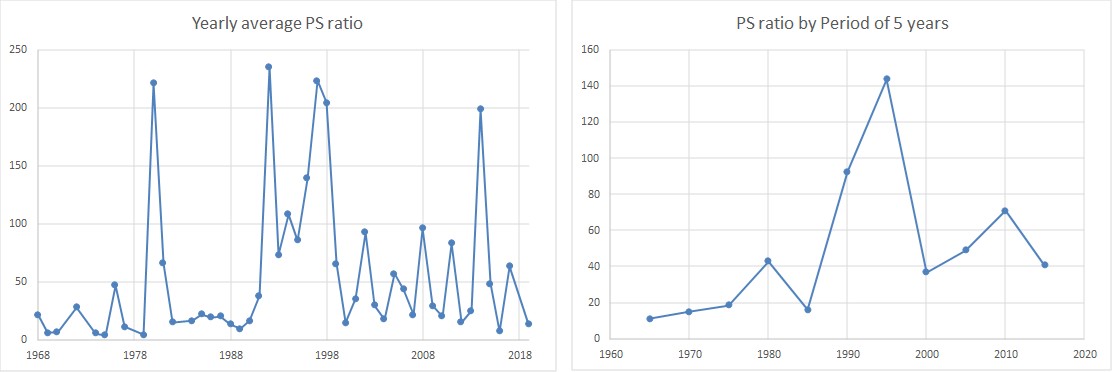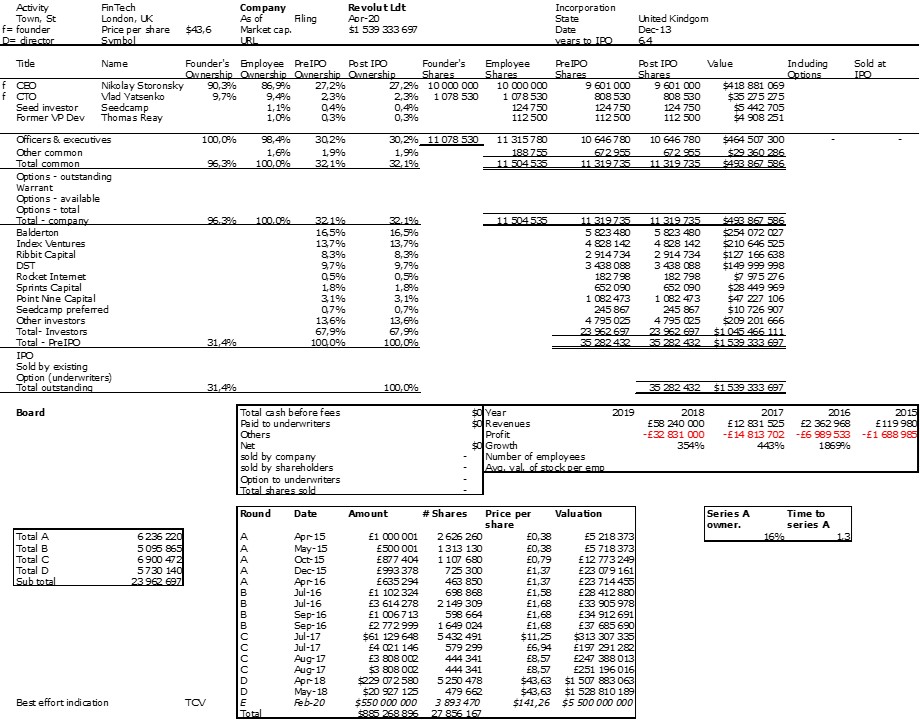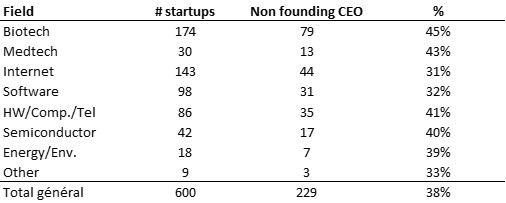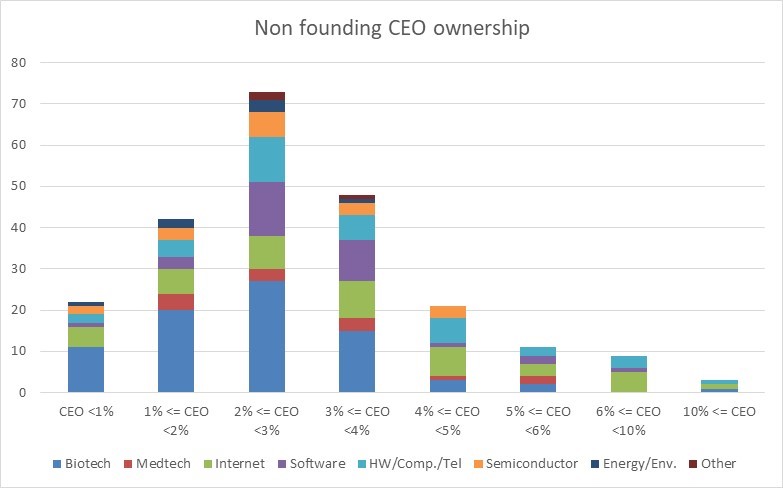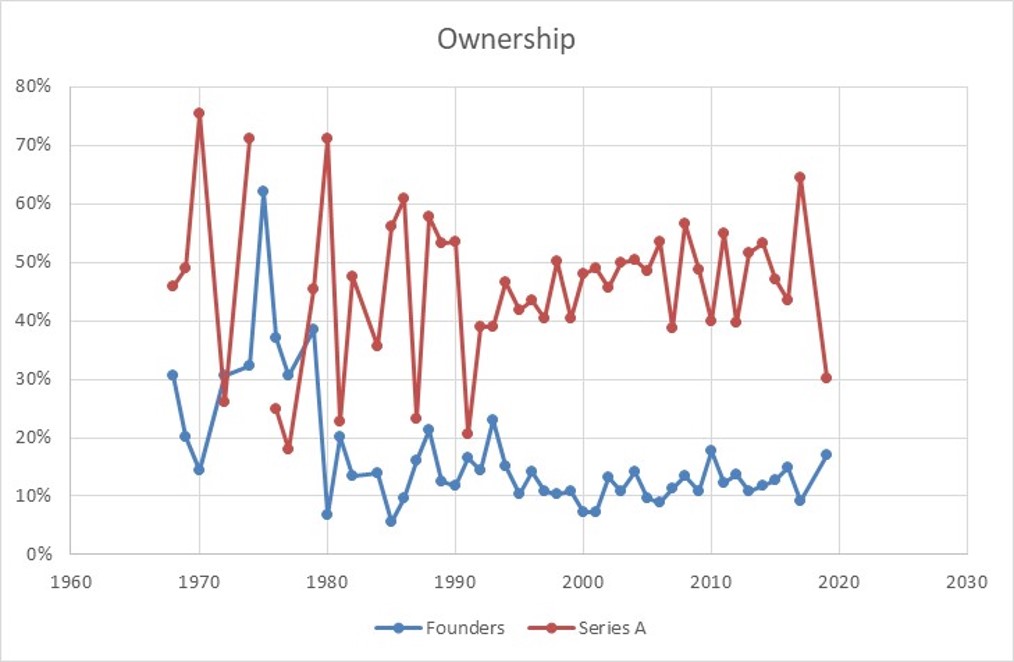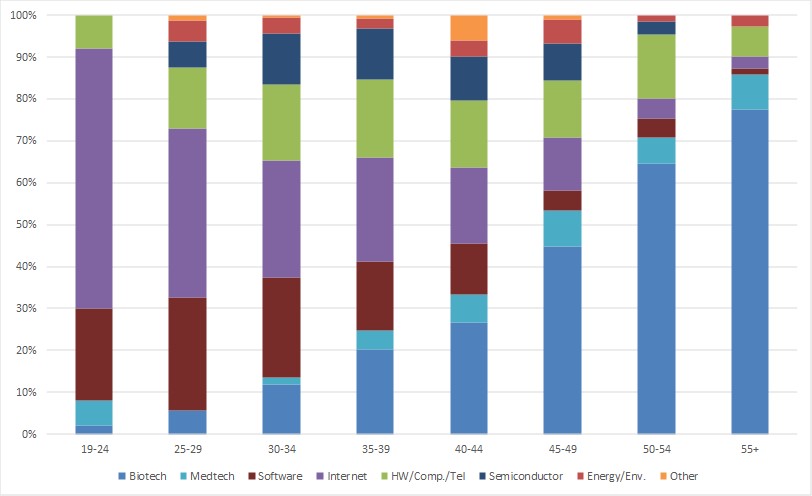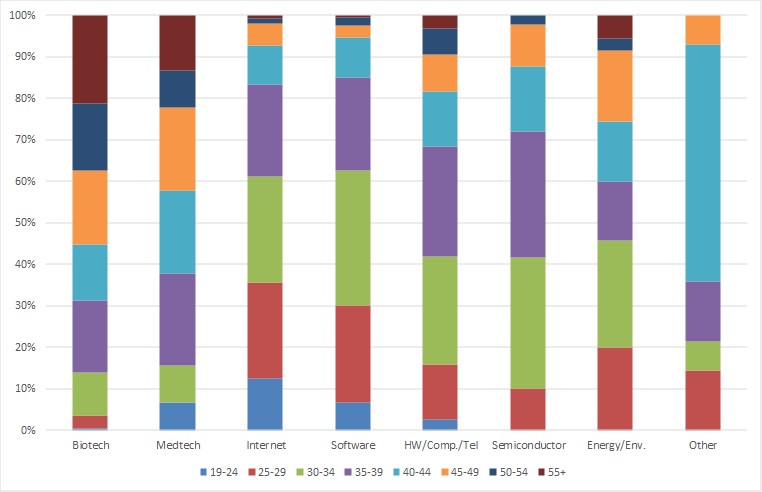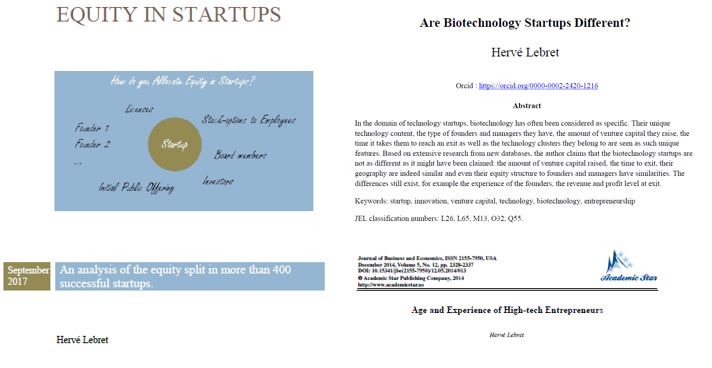I recently published an updated version of a database of capitalization tables of 600 (former) startups. I obtain the data most of the time from the IPO prospectus of the company (that is the document the company publishes when it is listed on a public stock exchange, and in general Nasdaq.
These documents are an amazing source of information of all the business components of the companies even if I focus only on the shareholding and funding history. They are sometimes a little frustrating though as they do not cover the full history of the company, but only 3 to 5 years in the past so it is not simple to get the founders’ data for example.
Some countries do however provide access to the full company data, often for a fee like in France. A few cantons in Switzerland (Basel, Zurich) and the United Kingdom provide it for free and this is just great.
I have done some research for Revolut and Graphcore recently. Today, I revisited the data I had built for two British companies: Autonomy founded in 1996 and had gone public on Easdaq in 1998 and Bicycle Therapeutics, a biotech company with links to EPFL (Lausanne, Switzerland) founded in 2009 and public since July 2019.
The IPO documents did not provide enough for me about the founders and early rounds. So here are my new tables:
Bicycle from the UK register data, the updated cap. table, the funding rounds and its growth over time:


